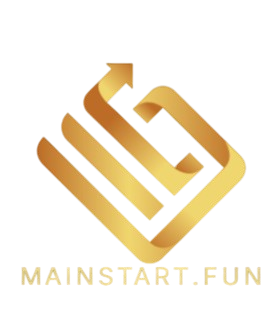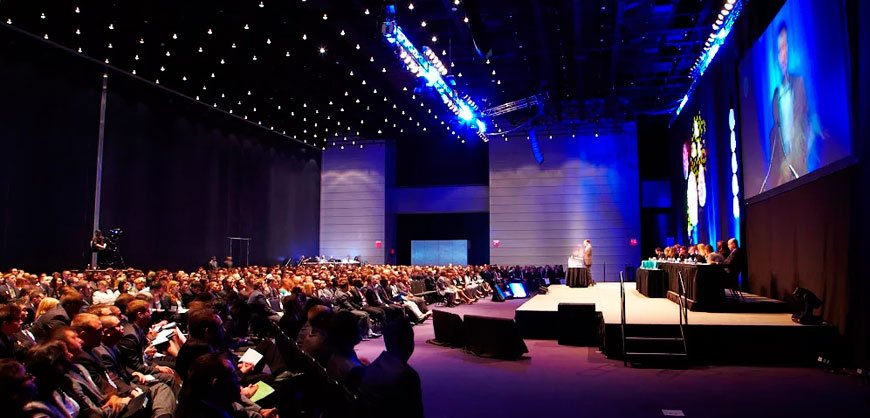Understanding the Conference Agenda
Reviewing the conference agenda in detail is a fundamental step in preparing for any conference and is vital to maximize your experience. The agenda typically outlines keynotes, sessions, and workshops that will take place throughout the event. Familiarizing yourself with this itinerary not only enables you to identify topics that resonate with your interests and professional objectives but also allows you to strategize effectively for the event.
As you peruse the agenda, take the time to note the keynotes and sessions that are most aligned with your goals. This scrutiny should involve considering the expertise of the speakers and their relevance to your field. If you’re attending for skill enhancement, look for workshops that promote interactive learning experiences. Alternatively, if your aim is to expand your professional network, sessions that facilitate discussions and interaction may be more beneficial.
Another crucial aspect of selecting sessions is to consider the potential takeaways. Assess the expected outcomes of each session to ensure they align with your personal or organizational needs. Participate in discussions that not only broaden your perspective but also offer practical knowledge that can be applied post-conference.
Moreover, it is essential to identify any sessions that may require prior registration, as these often fill up quickly. Prioritizing such events in your planning can ensure you secure a spot and maximize your learning opportunities during the conference. By organizing your conference agenda around these priorities, you stand to gain the most from your experience. Overall, a well-thought-out plan concerning the conference schedule can lead to valuable insights, networking, and professional growth throughout the event.
Networking Strategies for Success
Attending an offline conference provides a unique opportunity to enhance professional relationships and expand one’s network. To maximize this experience, it is essential to prepare effective introductions that succinctly convey your professional background and interests. Crafting a concise, engaging elevator pitch will not only help you stand out but also initiate meaningful conversations with other participants.
The value of business cards cannot be overstated when it comes to networking at conferences. Ensure that your business card reflects your professionalism, featuring essential information such as your name, title, organization, and contact details. Distributing business cards during networking sessions can reinforce your presence and serves as a tangible reminder for your connections to follow up after the event.
Engaging with speakers and fellow participants is crucial for building a robust professional network. Attendees should approach speakers with thoughtful questions regarding their presentations, as this shows genuine interest and encourages further dialogue. Additionally, engaging with fellow participants can lead to valuable exchanges of insights and experiences. Seek common ground with those you meet, and listen actively to build rapport.
Utilizing social media platforms such as LinkedIn or Twitter is an effective strategy for connecting with others before and during the conference. Engage in conversations about the event, join relevant groups, and share your conference experience online to foster connections. It is also beneficial to plan your networking approach before the conference; identify key individuals you wish to meet and outlines specific goals for relationship building.
Finally, the significance of follow-up after the conference should not be underestimated. After establishing connections, make an effort to reach out to your new contacts within a week of the event. Whether it is through a personalized email or a message on a social network, maintaining the connections you have built can lead to fruitful long-term relationships.
Packing Essentials for Conference Days
Attending a conference necessitates careful planning and strategic packing to ensure a successful experience. A comprehensive checklist helps streamline this process by outlining essential items that cater to both professional and personal needs. First and foremost, the choice of clothing should prioritize professionalism while ensuring comfort throughout long days of interaction and learning. It is advisable to opt for lightweight fabrics that allow ease of movement and are suitable for varying temperatures. Consider layering options to adapt to shifting environments, particularly in conference venues where climate control may fluctuate.
In addition to clothing, essential technology should be packed to enhance productivity. A fully charged laptop is crucial for taking notes, participating in workshops, and networking digitally. Alongside your laptop, don’t forget to carry the necessary chargers, adapters, and a portable power bank to avoid any interruptions during critical sessions. If smartphone usage is high, ensure you have adequate charging options to keep your devices powered throughout the event.
Personal health items should not be overlooked, necessitating the inclusion of snacks and a refillable water bottle to maintain energy levels. Health-conscious choices can significantly improve focus and engagement during the conference. Further, consider packing items such as a notepad or planner, which will be invaluable for jotting down insights, networking contacts, and actionable takeaways.
Efficient time management during the event is vital; therefore, preparation is key. Familiarize yourself with the conference schedule ahead of time to prioritize the sessions that align with your goals. Finally, aim for a lightweight and organized conference bag, as this will ease mobility throughout the event. Focus on packing only the essentials to ensure that carrying your belongings does not become a burdensome task.
Setting Personal Goals and Expectations
Attending an offline conference can be a significant investment of time and resources, which is why setting clear personal and professional goals is crucial for maximizing your experience. By defining objectives such as knowledge acquisition, skills enhancement, or expanding your professional network, you can create a focused plan that guides your participation. Start by reflecting on what you hope to achieve from the conference—be it learning about the latest industry trends, discovering innovative practices, or enhancing particular competencies.
One effective strategy is to align your goals with specific sessions and networking opportunities. Before the conference, review the agenda and choose sessions that resonate with your objectives. For example, if your goal is to gain insights into a particular area, select workshops or panels that focus on that topic. Similarly, identify networking events where you can meet key individuals who align with your professional aspirations. This targeted approach not only maximizes your learning but also facilitates meaningful connections, enhancing the overall value you derive from the event.
While having clear goals is essential, maintaining flexibility is equally important. Conferences can present unexpected opportunities, such as informal discussions or breakout sessions that were not initially on your radar. Approaching the event with an adaptable mindset allows you to seize these spontaneous chances for insight and networking that could align with your objectives. By being open to the flow of the conference environment, you increase your potential for both personal and professional growth.
In summary, setting personal goals and expectations prior to attending an offline conference can significantly enhance the benefits of your experience. Aligning your objectives with specific sessions while remaining flexible enough to embrace unforeseen opportunities will ensure a rewarding event.


No responses yet